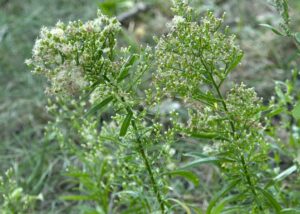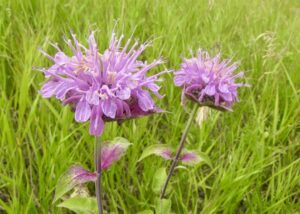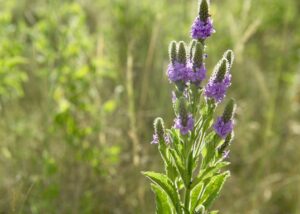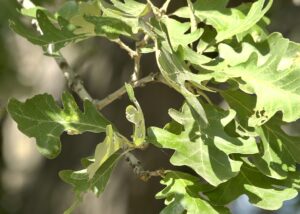Lamb’s Quarter
Ralph Waldo Emerson defined a weed as “a plant whose virtue has yet to be discovered.”
This statement applies perfectly to lamb’s quarter. It is a common garden “weed” yet to be “discovered” by many gardeners who consider it undesirable. For Linda Black Elk it is one of her favorite salad greens. It is tasty as a raw vegetable, as well as being a superfood due to its phytonutrients: minerals, vitamins K and C, and bitter compounds necessary for optimum liver function.
Called Wah-pe to-to in both Lakota and Dakota (blue leaf) the tender spinach-like leaves have a whitish powder covering that gives the green leaves a blueish hue. It shares its rich nutrient content with chard, spinach and amaranth, more familiar garden vegetables in the same family (Amaranthaceae) and like these plants has edible seeds rich in protein and tasty and similar to quinoa, another related species . . . but lamb’s quarter is free!
More about how lamb’s quarter got its common English name . . .
It is believed lamb’s quarter derived its name from lammas quarter, an ancient English festival descended from an archaic Gaelic first fruits festival called Lughnasadh celebrating the time of the grain harvest which begins on August 1st, the first day of the lammas quarter.
The year was divided into four quarters but the most important was the lammas (August 1st to November 1st) when people gave thanks for the harvest of grains and all the other foods that allowed them to survive through the winter.
In the ceremony a lamb was sacrificed accompanied by an abundance of a magical vegetable called white goosefoot (Chenopodium album) (chaeno = goose, podium = foot, album = white) or as we know it lamb’s quarter, one of the most revered plants in witchcraft ceremonies for its special powers!
The name goosefoot comes from the shape of the leaf, which resembles the track of a goose’s foot with 3 prominent toes. Album = white refers to a whitish glistening powder that covers the surface of the leaf.






